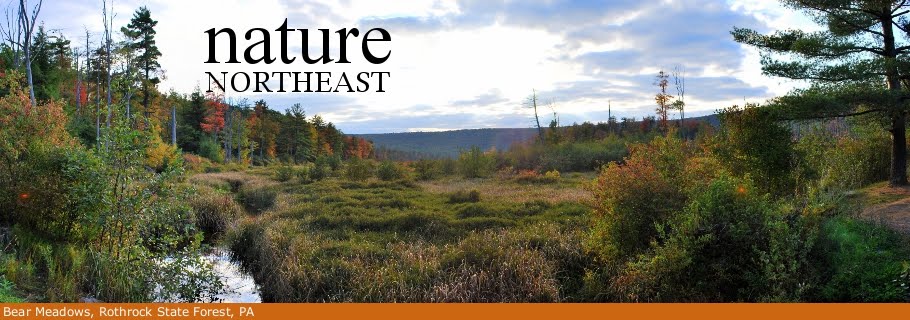The white-spired inflorescences of ladies’ tresses orchids (Spiranthes spp.) are a treat to encounter in the wild, but they are also surprisingly easy to cultivate in the home garden.
 |
| Nodding ladies' tresses (Spiranthes cernua) |
The nodding ladies’ tresses (Spiranthes cernua) is the most common species of Spiranthes in eastern North America, with populations ranging from Quebec and Nova Scotia west to southern North Dakota and south to Florida and Texas. Although this terrestrial orchid can occur in a variety of habitats, it is commonly found in open areas with sandy, moist soils.
S. cernua produces rosettes of narrow leaves that can grow to 1 foot (30 cm) in length. The rosettes bolt in late summer, pushing up little spires that unfurl their ivory-white blossoms in September and October. Unlike other species of Spiranthes which have inflorescences that resemble spiral staircases, the flowers of nodding ladies’ tresses are crowded on spike-like racemes, resulting in a more ‘full’ appearance.
Small colonies of nodding ladies’ tresses can form vegetatively as their thickened white roots creep through the ground and send up root sprouts. If given a good home in damp, acidic soil with plenty of sunshine, a single plant can be expected to multiply rapidly.
S. cernua is also capable of producing seed both sexually and asexually. Although seed production may help facilitate this species’ spread into new habitats in the wild, vegetative propagation is the easiest method to increase the number of plants when under cultivation.
Nodding ladies’ tresses are well-suited for home bog gardens and adapt well to container cultivation. At Garden in the Woods (GITW) in Framingham, MA, ladies’ tresses create a stunning display where they grow among cranberry plants whose fleshy fruits have already developed their distinctive crimson color. Although the ladies’ tresses remain inconspicuous throughout much of the season, they manage to draw ‘oohs’ and ‘ahs’ when their frosty white flowers bloom in synchrony.
Try grouping S. cernua with the native purple pitcher plant (Sarracenia purpurea) and cranberries (Vaccinium macrocarpon) to create a container that has full-season interest. Because of its low growth habit and late blooming-period, nodding ladies tresses can also be considered for areas that receive intermittent mowing before they bolt.

You sir, are a blogging machine.
ReplyDeleteYou definitely got an ooh and ah out of me with the pretty flowers.